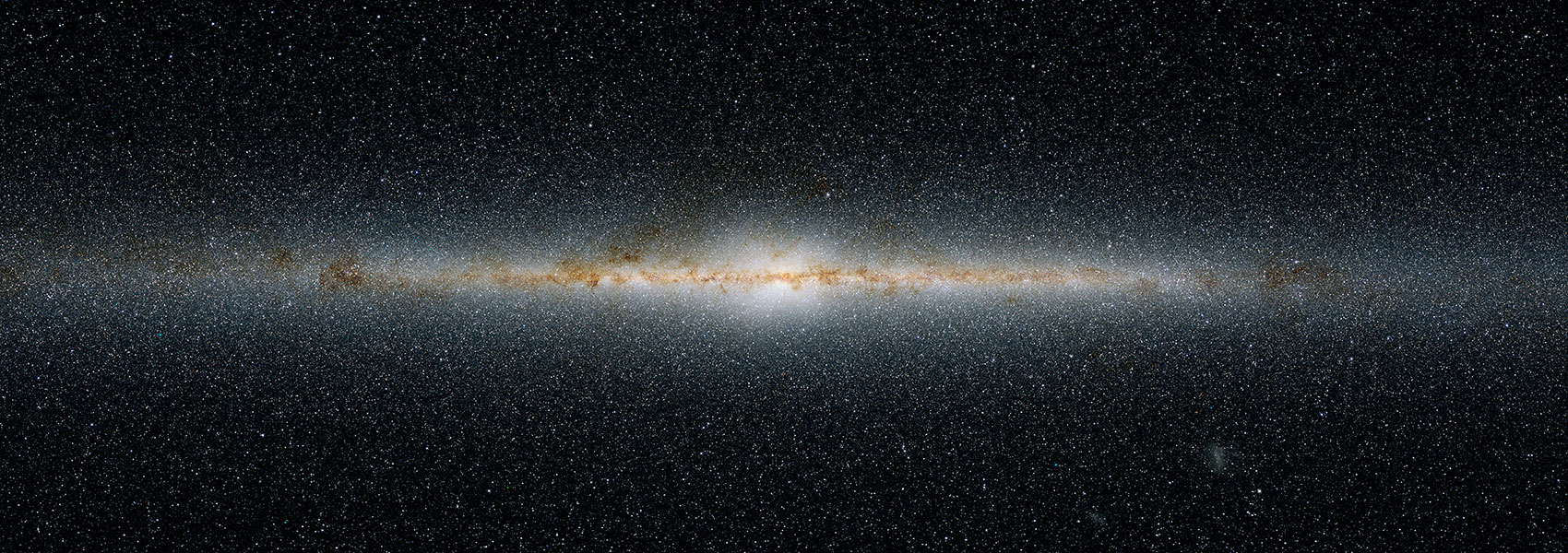January
2022
•
2022A&A...657A..17B
Authors
•
Bachelet, E.
•
Zieliński, P.
•
Gromadzki, M.
•
Gezer, I.
•
Rybicki, K.
•
Kruszyńska, K.
•
Ihanec, N.
•
Wyrzykowski, Ł.
•
Street, R. A.
•
Tsapras, Y.
•
Hundertmark, M.
•
Cassan, A.
•
Harbeck, D.
•
Rabus, M.
Abstract
•
Context. Due to their scarcity, microlensing events in the Galactic disk are of great interest and high-cadence photometric observations, supplemented by spectroscopic follow-up, are necessary for constraining the physical parameters of the lensing system. In particular, a precise estimate of the source characteristics is required to accurately measure the lens distance and mass.
Aims: We conducted a spectroscopic follow-up of microlensing event Gaia19bld to derive the properties of the microlensing source and, ultimately, to estimate the mass and distance of the lens.
Methods: We obtained low- and high-resolution spectroscopy from multiple sites around the world during the course of the event. The spectral lines and template matching analysis has led to two independent, consistent characterizations of the source.
Results: We found that the source is a red giant located at ~8.5 kpc from the Earth. Combining our results with the photometric analysis has led to a lens mass of Ml ~ 1.1 M⊙ at a distance of Dl ~ 5.5 kpc. We did not find any significant blend light in the spectra (with an upper detection limit of V ≤ 17 mag), which is in agreement with photometric observations. Therefore, we cannot exclude the possibility that the lens is a main-sequence star. Indeed, we predict in this scenario a lens brightness of V ~ 20 mag, a value that would make it much fainter than the detection limit.
Data are only available at the CDS via anonymous ftp to cdsarc.u-strasbg.fr (ftp://130.79.128.5) or via http://cdsarc.u-strasbg.fr/viz-bin/cat/J/A+A/657/A17
Links




